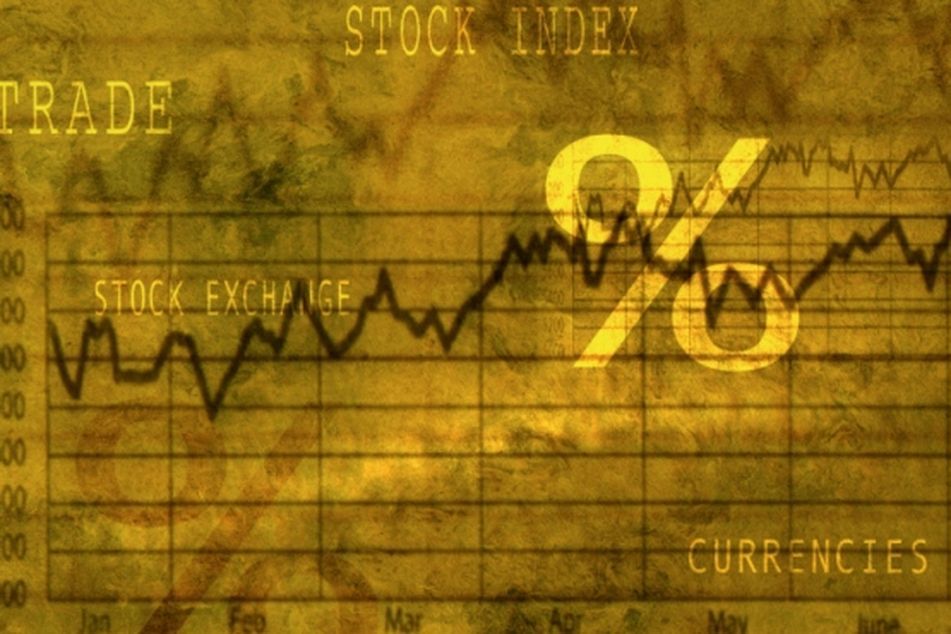Low volatility, dividend-paying ETFs the way to build growth portfolio

Alternative ETF strategies beginning to emerge.
Advisers looking to build growth portfolios from exchange-traded funds should start with low-volatility and dividend-paying products, according to panelists participating in an InvestmentNews webcast Tuesday.
“The Vanguard Dividend Appreciation ETF [VIG] is one of our favorites” for dividend income, said Michael Rawson, ETF Analyst at Morningstar Inc. “It focuses on stocks that have been increasing dividends for 10 years and has a lot of high-quality names.”
The PowerShares S&P 500 Low Volatility Portfolio ETF (SPLV) is another popular product for dividend income, he said. It is composed of the 100 least-volatile stocks in the index.
“When you’re looking at dividend stocks, you really want to make sure you have quality,” Mr. Rawson said, adding that screening ETFs for superior momentum characteristics can serve as an additional quality check.
Advisers might also begin using ETFs to replace active large-value managers, panelists said.
“With growth, that’s where you want an active manager who can look at the universe of growth stocks, and can pick and choose which ones are too expensive or which ones can justify” a high multiple, Mr. Rawson said.
But the rush into safer equities, as well as into riskier fixed-income classes such as high-yield and emerging markets debt, have made valuations in these areas less attractive, panelists said.
“It may be that assets that don’t have high yields are some of the most attractively priced in the equity market,” said Scott Kubie, chief investment strategist at CLS Investments LLC.
ETFs and other products can provide some defense to an otherwise aggressive portfolio, according to panelists.
“We’re starting to see new alternative ETF strategies come out, like global commodity” products, said panelist Timothy Clift, chief investment strategist at Envestnet.
Portfolios “can be more defensive when necessary, at least with a portion of the portfolio … so they can have downside protection while not giving up on the traditional” stock and bond allocation, Mr. Clift said. “You still want that [traditional allocation] when the market is taking off and doing well.”
Overall, passive strategies with ETFs work best when asset classes are highly correlated and volatility is high, Mr. Clift said. Active strategies are better with low correlations and volatility.
“The general rule of thumb is that the more efficient the asset class, the more heavily researched it is, and the more stocks in [the class], the easier it is to go passive and buy an ETF,” he added.
Learn more about reprints and licensing for this article.



